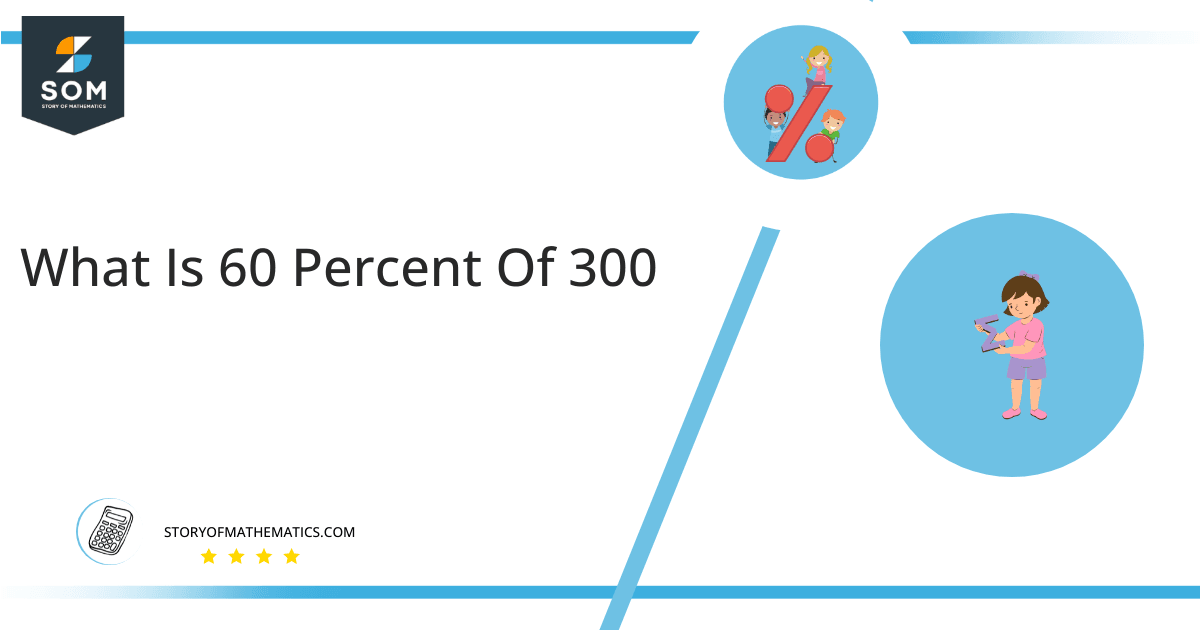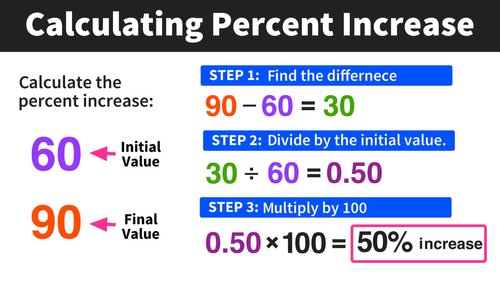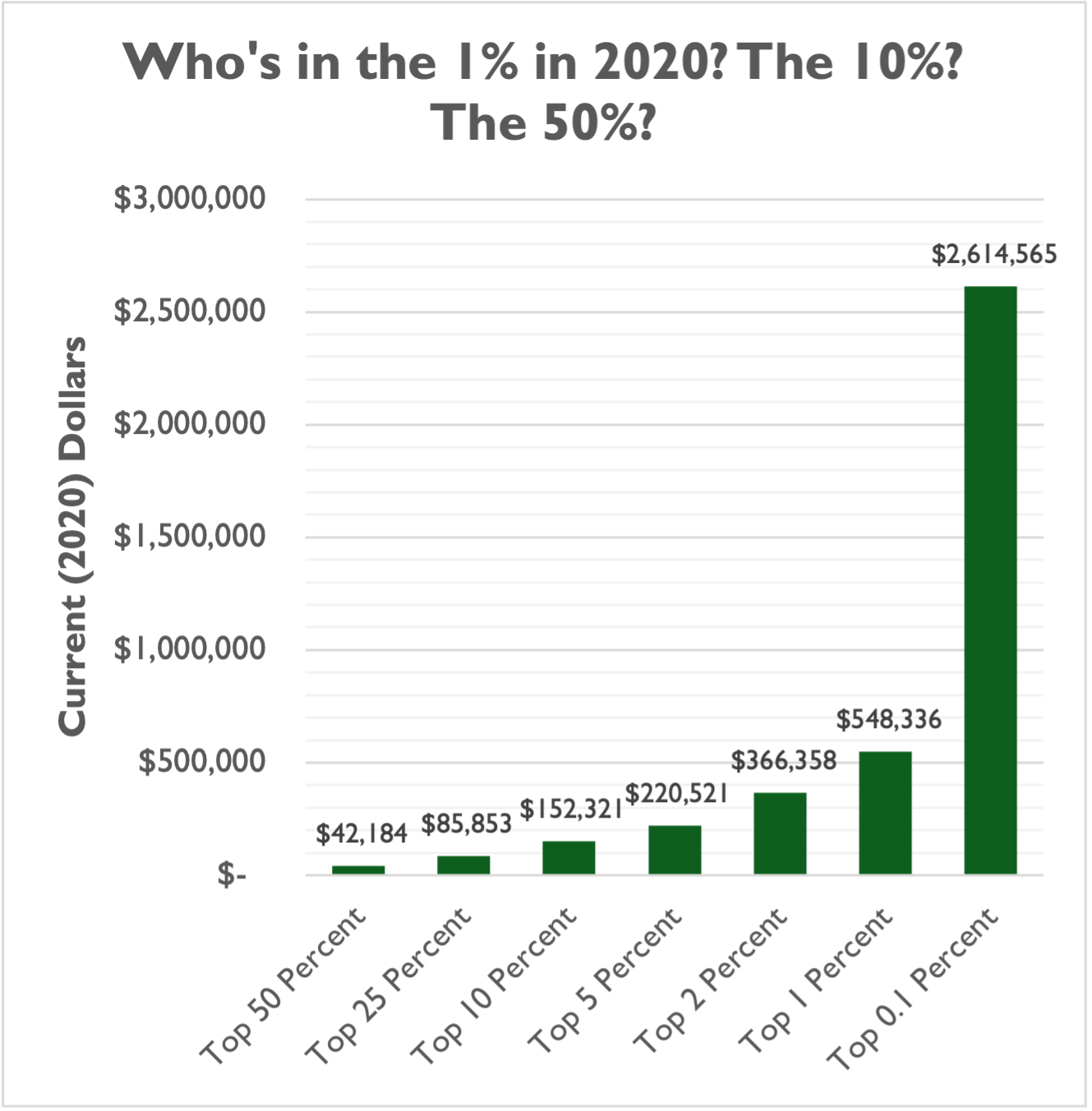What Is 1 Percent Of 300 Million

Imagine a stadium packed to the brim, the roar of the crowd a deafening wave. Now, picture a tiny section of that crowd, just a sliver, representing a small but significant portion of the whole. It's like finding a single grain of sand on a vast beach, seemingly insignificant, yet undeniably present.
At its core, this article seeks to explore the deceptively simple question: What is 1 percent of 300 million? The answer, while a straightforward mathematical calculation, holds significant implications when applied to various real-world scenarios, from understanding budget allocations to gauging public opinion. We will delve into the meaning of this figure, putting it into context with relatable examples to illustrate its importance.
Understanding Percentages: The Basics
Percentages are a fundamental tool for expressing proportions, and understanding them is crucial for navigating various aspects of daily life. A percentage is simply a way of expressing a number as a fraction of 100, the word "percent" literally meaning "per hundred." Therefore, 1 percent represents one part out of one hundred.
To calculate a percentage of a number, we convert the percentage into a decimal and multiply it by the number. For example, to find 1 percent of 300 million, we convert 1 percent into its decimal form, which is 0.01, and then multiply it by 300,000,000. Thus, the equation looks like this: 0.01 x 300,000,000.
The Answer: A Concrete Number
After performing the calculation, we find that 1 percent of 300 million is 3 million. This means that if we were to divide 300 million into 100 equal parts, each part would contain 3 million. While this may seem like a simple number, its implications can be significant.
Real-World Applications: Budget and Finance
One area where this calculation is often used is in budget allocation and financial analysis. Imagine a government budget of 300 million dollars allocated for various public services. If 1 percent of this budget were allocated to a specific program, that program would receive 3 million dollars.
Consider a city with a population of 300 million (hypothetically speaking). If 1 percent of the population requires a specific type of social service, that means 3 million people would need to be served. This helps policymakers understand the scale of resources needed to address the needs of specific segments of the population.
Campaign Spending
During election campaigns, candidates often raise and spend vast sums of money. If a candidate raises 300 million dollars and spends 1 percent of it on advertising in a particular region, that equates to 3 million dollars. This highlights how a small percentage can still represent a significant investment.
Public Opinion: Surveys and Data Analysis
Percentages are also commonly used to analyze public opinion surveys and other forms of data. Imagine a survey conducted among 300 million people, asking about their opinion on a particular policy. If 1 percent of respondents support the policy, that means 3 million people are in favor.
This seemingly small percentage can still represent a substantial number of individuals and may influence decision-making processes. Even small changes in percentages can indicate shifts in public sentiment, which policymakers and businesses closely monitor.
Philanthropy and Charitable Giving
In the realm of philanthropy, understanding percentages is essential for assessing the impact of donations. Suppose a large foundation with assets of 300 million dollars decides to donate 1 percent of its assets to charitable causes. This would result in a donation of 3 million dollars, which could have a significant impact on the recipient organizations.
For example, if the donation is used to support educational programs, it could provide scholarships, resources, and facilities for thousands of students. The seemingly small percentage becomes a transformative sum when applied to a cause.
Investments and Returns
Investors frequently use percentages to calculate returns on investments. If an investment portfolio is worth 300 million dollars and generates a 1 percent return, the investor would earn 3 million dollars. This calculation is critical for evaluating investment performance and making informed decisions about asset allocation.
Even seemingly small percentage increases or decreases in returns can have a substantial impact on overall wealth accumulation over time. This underscores the importance of careful financial planning and monitoring.
Economic Impact
The impact of 1 percent of 300 million can reverberate across various sectors of the economy. Imagine a 300 million dollar project designed to stimulate economic growth. If the project generates a 1 percent increase in employment, it would create 3 million new jobs.
This can lead to increased consumer spending, higher tax revenues, and overall improvements in economic well-being. Even incremental gains can contribute significantly to the health and vitality of an economy.
The Power of Perspective: 3 Million People
To truly grasp the magnitude of 3 million, it's helpful to put it in perspective. That’s more than the population of many major cities across the world. Visualizing a crowd of that size – a sea of faces, each with their own story – can help us appreciate the significance of even a small percentage when applied to large numbers.
Think of 3 million people representing an entire state, or perhaps several smaller nations combined. It emphasizes that even though 1 percent sounds small, in the context of 300 million, it's a force to be reckoned with.
Conclusion: Small Percentages, Big Impact
In conclusion, while calculating 1 percent of 300 million seems like a simple math problem, its real-world implications are profound. Whether it's budget allocations, public opinion, charitable giving, or investment returns, this seemingly small percentage can represent a substantial amount. Understanding the scale of these figures is critical for informed decision-making and appreciating the impact of numbers on our lives.
The power of perspective helps us to recognize that even the smallest percentage can wield significant influence, shaping policies, driving economic growth, and impacting countless lives. As we navigate an increasingly data-driven world, appreciating these nuances will only become more critical.

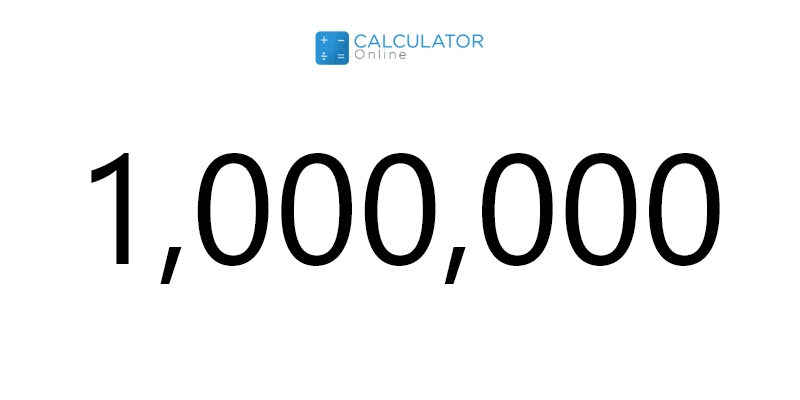
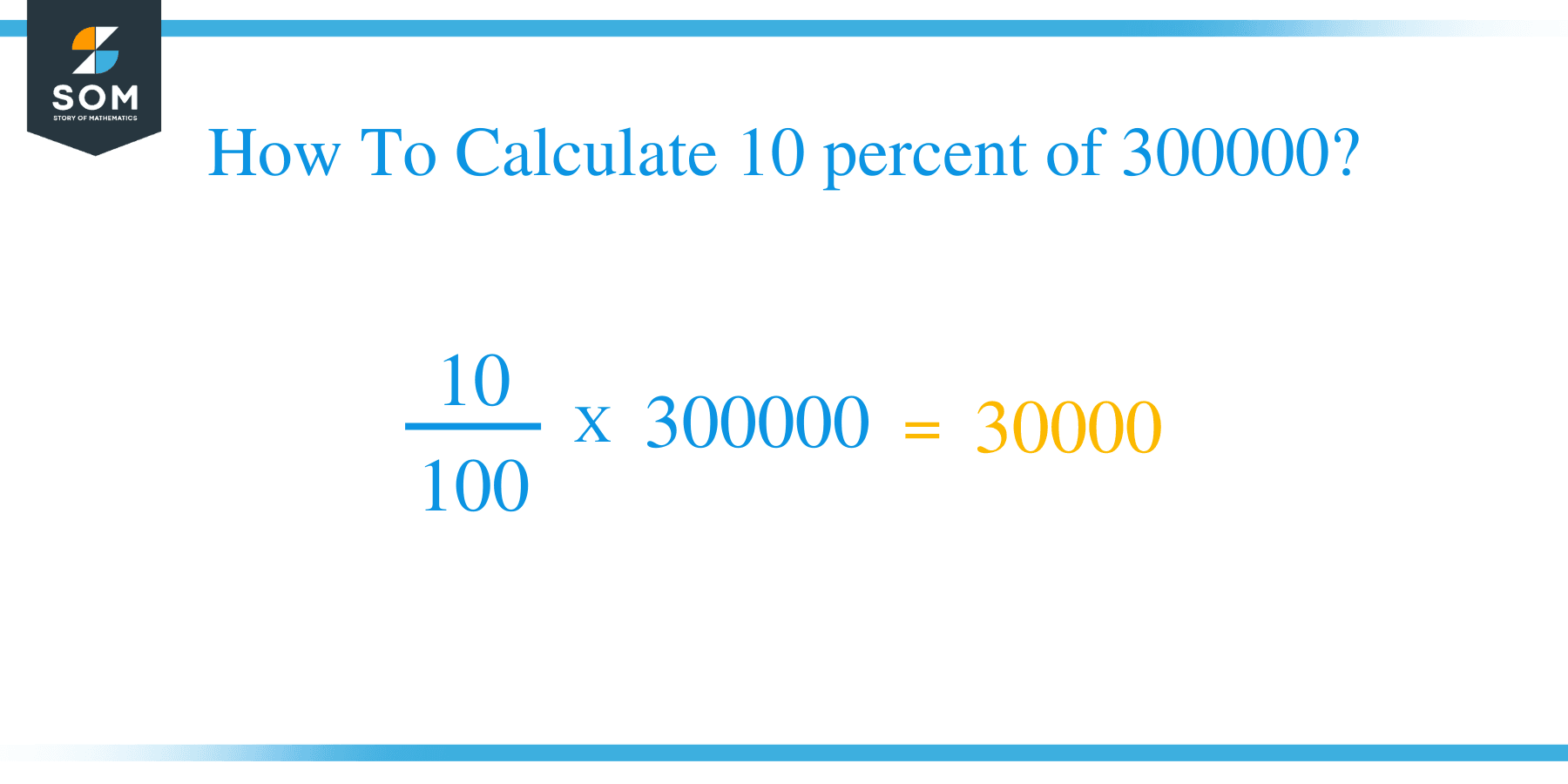




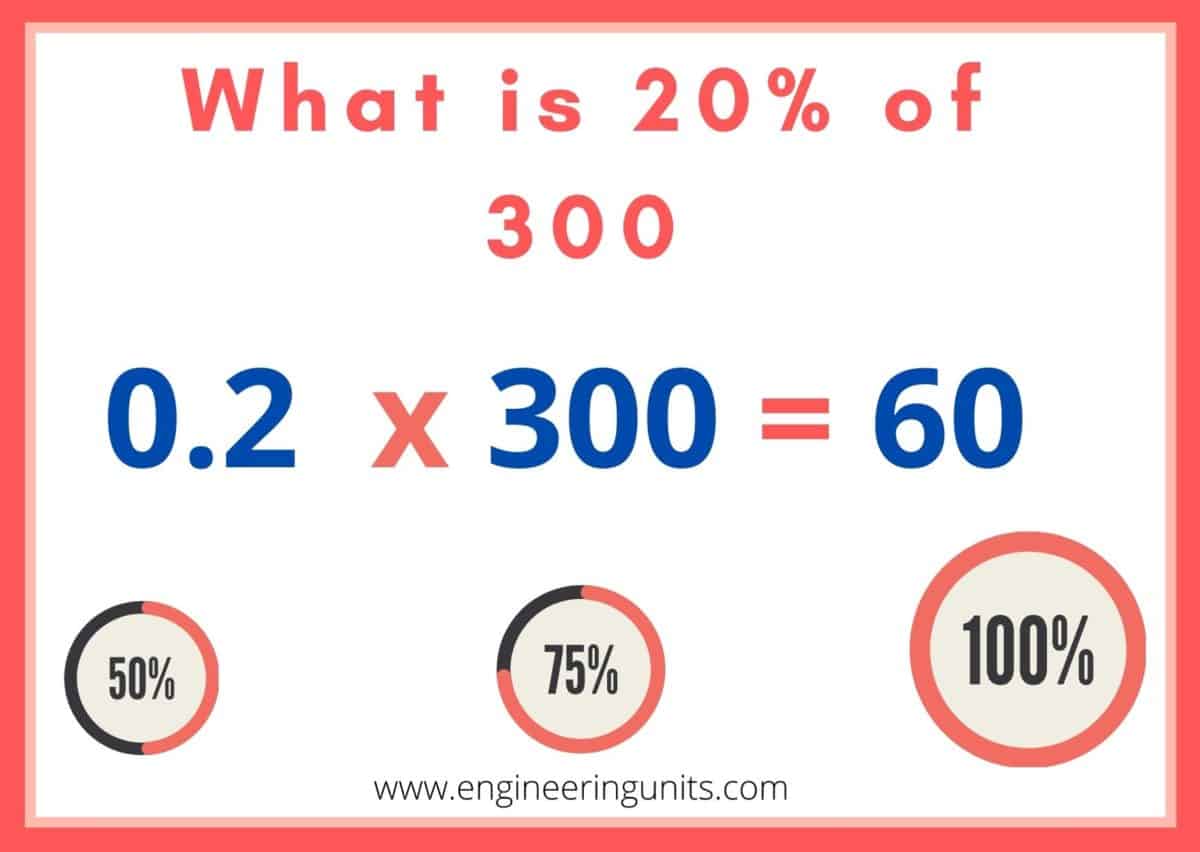
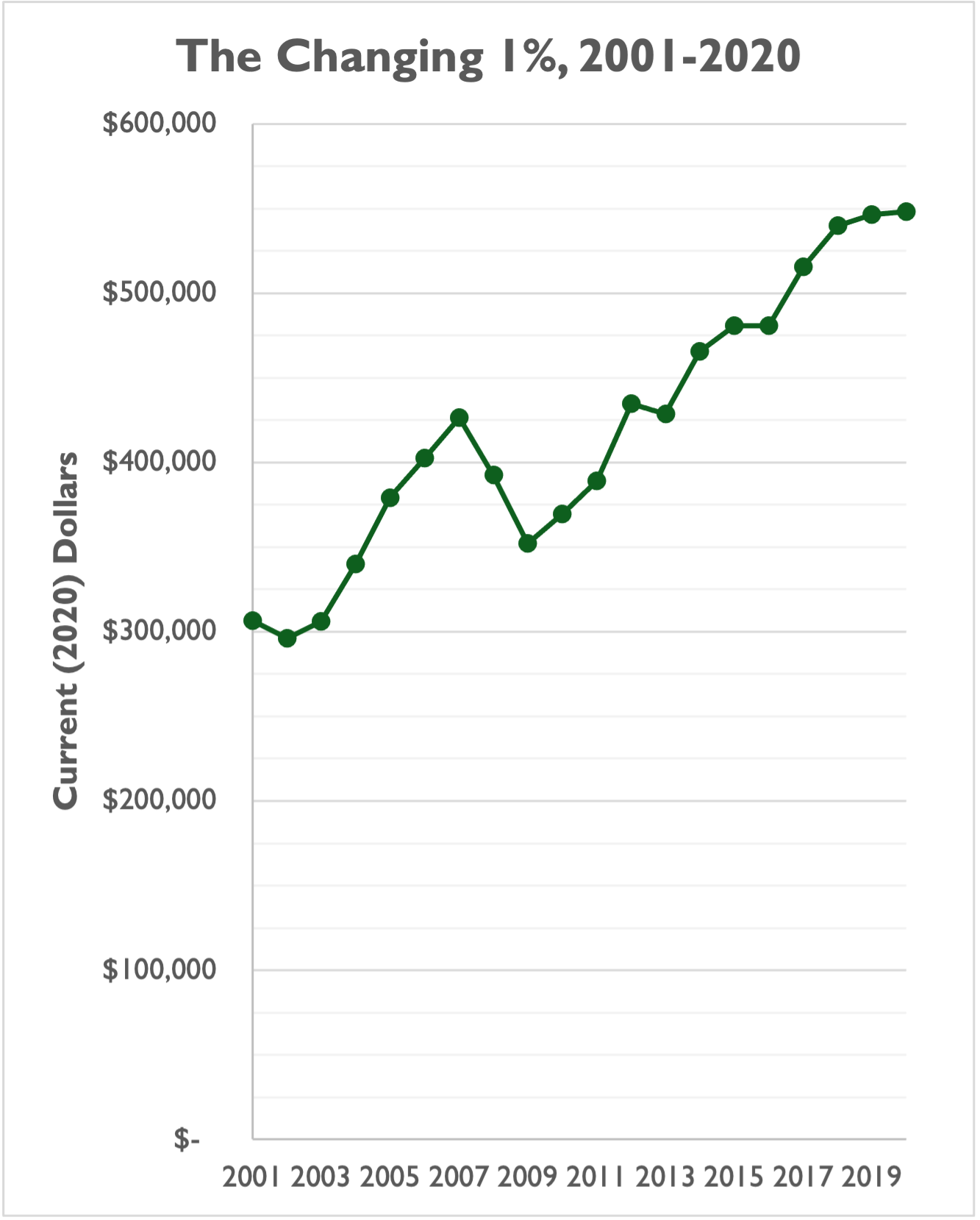

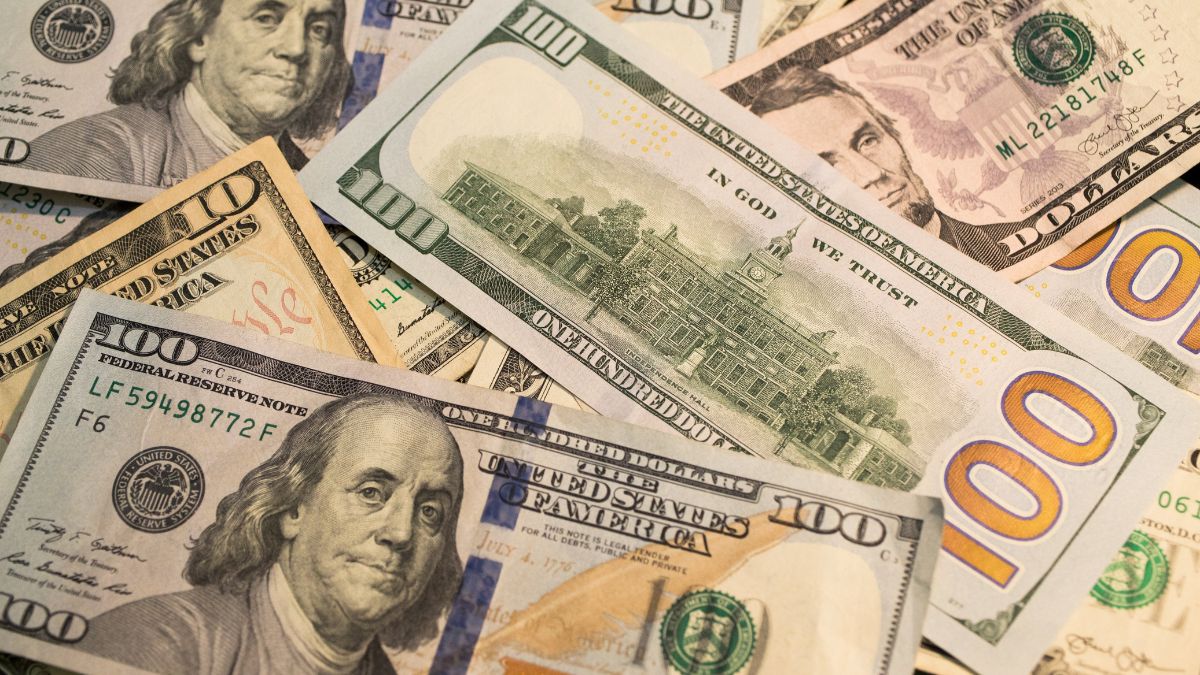

![What Is 1 Percent Of 300 Million What is 30 Percent of 80? =24[Solved]](https://timehackhero.com/wp-content/uploads/2024/01/What-is-30-Percent-of-80-24Solved.png)
